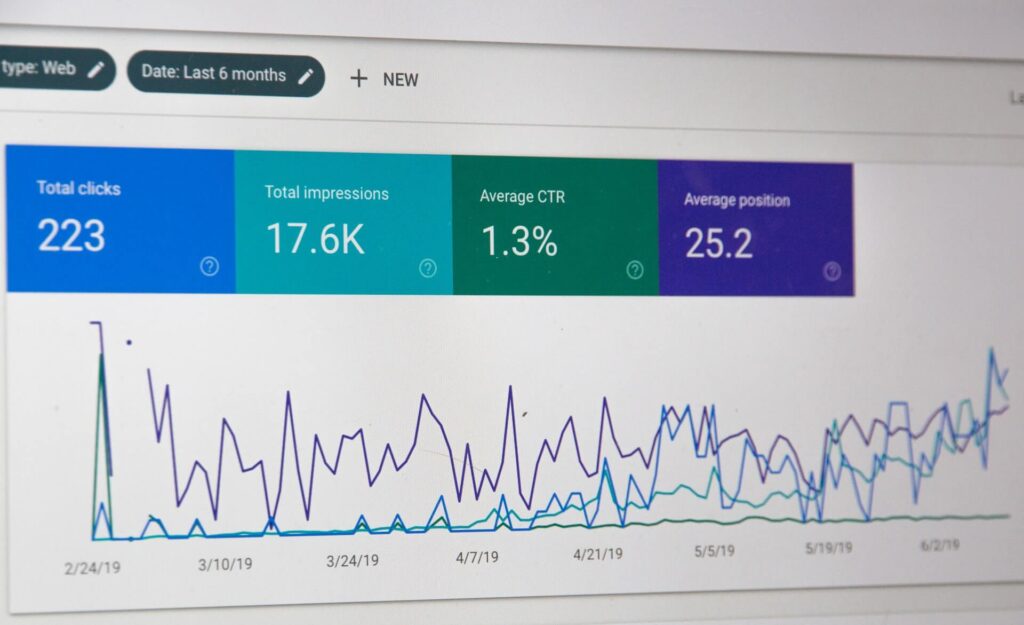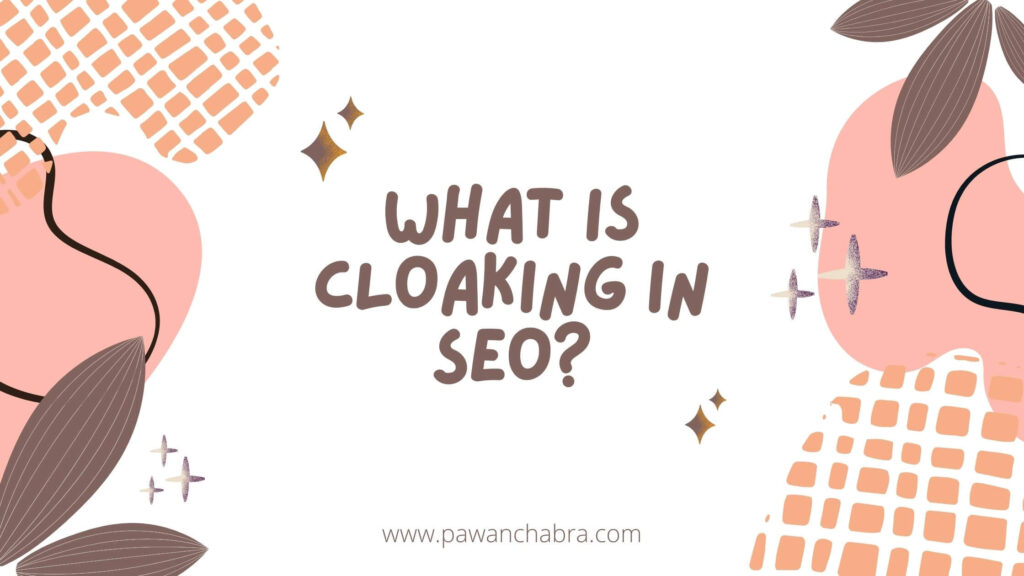Before calling yourself an SEO expert and trying to understand what is cloaking in SEO, it is important to have a deep understanding of how search engines work and improvement in which elements can lead to improvement in your ranking. Remember, you can only improve what you understand.
SEO can broadly be divided into three broad categories: On-page, Off-page, and Technical SEO.
As the name suggests, on-page SEO is the efforts that are invested towards improving page experience and making changes that make the page more easily discoverable for the search engines.
Off-page SEO is the activities that are undertaken to build a strong web profile on the internet with backlinks, mentions, and other efforts that increase the authority of the website.
Technical SEO is the technical measure that help improve the performance of the website so that search engines view it positively and allow your website to rank higher on the target keywords.
There are several aspects under each which need to be understood carefully. Here, we are going to explain cloaking in SEO which falls under Technical SEO.

Here is what we will cover:
WHAT IS CLOAKING IN SEO?
Cloaking in SEO is a strategy for increasing a website’s search engine rankings for certain keywords by presenting people with content material or information that differs from what is shown to search engine crawlers (i.e., spiders or bots).
Different types of cloaking in SEO
- Cloaking of User-Agents: A user-agent is a program (software agent) that acts on behalf of the user. IP cloaking is comparable to User Agent Cloaking. When a page is requested, the cloaking script compares the User-Agent text string with the list of search engine User-Agents and then gives the appropriate Page. The trouble with User-Agent masking is that Agent identities are easily forgeable. User-agent cloaking is far more dangerous than IP-based cloaking.
- IP-based cloaking: Every person who visits a website has an IP address assigned depending on their location and internet provider. Users are directed to the target page due to high traffic volume and a high SERP ranking. You may identify the IP address using reverse DNS records and redirect it. htaccess. This type of cloaking is the most popular in SEO activities.
- JavaScript cloaking occurs when visitors with JavaScript-enabled websites are provided one version of a website while users with JavaScript-disabled browsers (such as search engines) are offered another.
- HTTP REFERER cloaking: In this technique, the requester’s HTTP REFERER header is verified, and a cloaked or uncloaked version of the website is delivered based on it.
- HTTP Accept-Language header cloaking: This method examines the user’s HTTP Accept-Language headers and displays a specified website variant based on the match. In simple terms, if the HTTP Accept-Language header from a search engine is present, a cloaked version of the website is served.
- Repeat Cloaking: Occurs when a website saves data on either the client (through a cookie) or the application server (e.g., tracking client IPs). This technology enables the site to recognize whether the user has accessed the site and use this information to determine which version of the Page to return to.
Now let’s understand what is cloaking in SEO with an example: The process of providing precise information or URLs to human users and search engines is referred to as cloaking. Cloaking is considered a breach of Google’s Web Crawlers since it causes our users to receive strange results.
Examples of cloaking techniques
Examples of cloaking techniques include search engines are served a page of HTML text, while consumers are sent an image page.
Embedding content or tags into a website only when the device driver requesting the Page is a search engine rather than a human.
What are the most popular ways to use cloaking in SEO?
With a few simple tips, let us now grasp how to use cloaking:
- Text that is invisible or hidden:
This may be accomplished by putting text in the same color as the backdrop not to be visible to the naked eye.
- Websites that use Flash:
We all know that SEO recommendations do not advise Flash. However, few websites are not able to ignore it. Rather than reframing the entire website in plain HTML, they develop content-rich websites and provide them to search engine crawlers and users via flash pages.
- HTML-Enabled Websites:
A decent SEO method necessitates a high “TEXT to HTML ratio.” To say it another way, a web page should have more text (content) than your HTML tags. However, if you’re producing short articles or blog entries, the text-to-HTML ratio will be pretty low. People employ cloaking to fulfill SEO criteria to prevent re-designing their website in such situations.
- Java Scripts are being phased out:
A non-JavaScript-enabled user can see material that matches the textual information within a Flash or other multimedia element using JavaScript.
Is it necessary to use cloaking in SEO?
Cloaking is considered a black hat method in the Search Engine Optimization (SEO) sector, as it breaches Google’s Webmaster Guidelines.
If you ask us whether you should use cloaking to deceive crawlers and score higher, we will say no since search engines dislike being deceived. Furthermore, your website is scanned numerous times using different Protocols, and if you employ cloaking, their advanced and tight algorithm will find it.

What is the cloaking SEO technique?
The question now is, what is the cloaking SEO technique? How do consumers and search engines see material differently? Every internet device (i.e., computer, mobile phone, tablet, etc.) is recognized by an IP address.
Cloaking in SEO is sending content depending on the user’s IP address or the User-Agent HTTP header that was used to request the Page. Cloaking is accomplished by editing the. htaccess file. “mod rewrite” is a module on the Apache server. You may implement a cloaking strategy to your web pages with the aid of this module. htaccess file.
Web admins collect IP addresses or User-Agents from search engines (search engine crawlers). If the mod-rewrite module determines that an IP address or user-agent corresponds to a search engine, a server-side script transmits a different version of the web page (cloak URL). If the IP address doesn’t belong to a crawler, it likely belongs to someone else.
Is cloaking a crime?
Cloaking in SEO is manipulating search engine results by hiding material. It is a forbidden behavior that falls under the category of black hat SEO.
In rare cases, search engines have permanently barred cloaking websites from ever being displayed on their sites.
How to Spot Cloaking?
- Examine the SERP as well as the Page.
- In Chrome DevTools, enable Preserve Log.
- Change your browser’s user account to Googlebot.
- Go to the Page both directly and through Google.
- Make a sequence of cURL requests.
Cloaking in SEO seems to have become a regular tactic, adding substantial complication to the process of distinguishing authentic Web material from counterfeit ones. Cloaking is not always a bad thing. In December 2005, the main search engines agreed to define what constitutes efficient cloaking and inappropriate cloaking. They acknowledged that for the benefit of bots, it is okay to replace hostile to search engines links (such as those with session IDs and unnecessary parameters) with SEO – friendly links.

